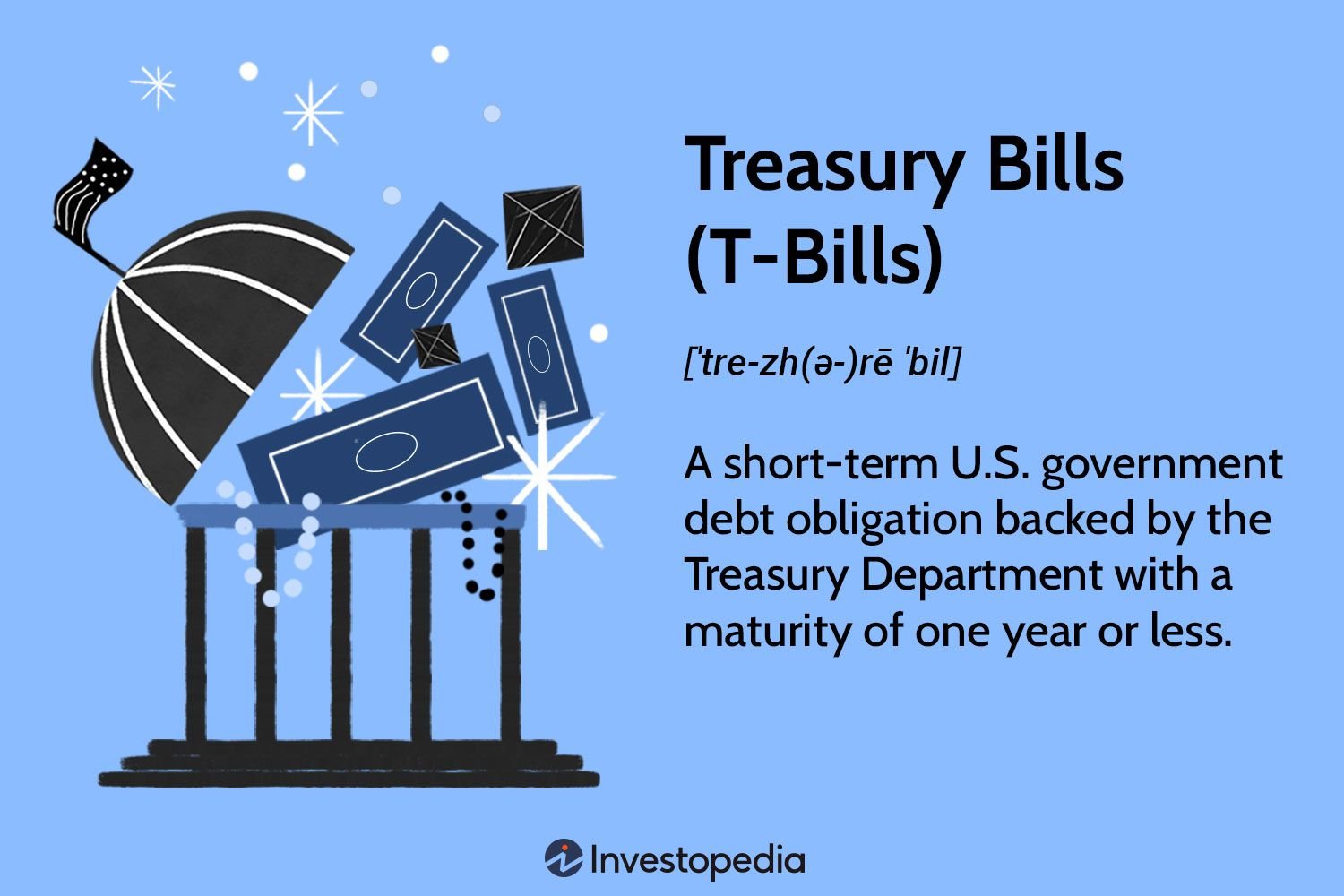Looking for ways to cut down on the hefty expenses of college textbooks? Well, you’re in luck! In this article, we’ll be sharing some practical tips for reducing the cost of college textbooks. Whether you’re a student yourself or a parent supporting a college goer, these suggestions will surely come in handy. From buying used textbooks to exploring digital alternatives, we’ve got you covered. So, without further ado, let’s dive right into these money-saving tips for reducing the cost of college textbooks.
Tips for Reducing the Cost of College Textbooks
College textbooks can be a significant expense for students, often adding to the already high costs of tuition and living expenses. However, there are several strategies and resources available to help students reduce the financial burden of purchasing textbooks. In this article, we will explore various tips for saving money on college textbooks, enabling students to find affordable alternatives and make the most of their education without breaking the bank.
1. Consider Renting Textbooks
One of the most cost-effective options for acquiring textbooks is to rent them instead of purchasing. Renting textbooks can save students a considerable amount of money, particularly for courses that don’t require constant reference to the textbook throughout the semester. Many online platforms and campus bookstores offer rental services, allowing students to borrow the required textbooks for a specific period.
Benefits of renting textbooks:
- Significantly lower costs compared to purchasing
- No need to worry about reselling the textbook after the course ends
- Convenient and hassle-free process
When renting textbooks, it’s important to:
- Check the rental terms and conditions, including the rental period and any late fees
- Keep the textbooks in good condition to avoid additional charges
- Return the textbooks on time to avoid late fees or penalties
2. Buy Used Textbooks
Another cost-saving option is to purchase used textbooks instead of buying new ones. Used textbooks are often significantly cheaper and can still provide the necessary information and content required for the course. Students can find used textbooks through various platforms, including online marketplaces, college bookstores, and student bulletin boards.
Advantages of buying used textbooks:
- Lower price compared to buying new textbooks
- Availability of previous editions at even lower prices, as content changes in new editions are often minimal
- Possible additional notes or highlights made by previous owners, aiding in understanding the material
When buying used textbooks, it’s crucial to:
- Verify the edition and ensure it matches the instructor’s requirements
- Check the condition of the book before purchasing
- Consider purchasing from reputable sources to ensure quality and accuracy
3. Explore E-Book Options
E-books have gained popularity in recent years as a digital alternative to traditional printed textbooks. E-books are often available at a fraction of the cost of printed textbooks, making them an attractive option for cost-conscious students. Additionally, e-books can be easily accessed on various devices like laptops, tablets, or smartphones, providing convenience and portability.
Benefits of e-books:
- Lower cost compared to printed textbooks
- Instant access with no shipping or delivery time
- Searchable text for easy navigation and finding specific information
When considering e-books:
- Check compatibility with devices and platforms
- Consider any restrictions or limitations imposed by the e-book provider, such as limited printing or offline access
- Ensure the e-book is accessible for the entire duration of the course
4. Utilize Library Resources
College and university libraries often have copies of textbooks available for student use. While it may not be possible to permanently keep these textbooks, utilizing library resources can significantly reduce the need to purchase textbooks. Students can borrow textbooks for a limited period, make photocopies of relevant chapters, or access digital copies available through the library’s online resources.
Benefits of utilizing library resources:
- No cost involved, saving money on textbook purchases
- Access to a wide range of resources, including textbooks and reference books
- Ability to borrow textbooks for the duration of the course
When using library resources:
- Be aware of the borrowing policies, including loan periods and any late fees
- Plan ahead and check the availability of required textbooks
- Consider creating a study schedule to ensure efficient use of library resources
5. Share Textbooks with Classmates
Collaborating with classmates can be a great way to save on textbook expenses. Students can organize textbook-sharing arrangements, where each person purchases a different required textbook and shares it with the group. This approach allows everyone to access the necessary materials while splitting the costs.
Advantages of textbook sharing:
- Significant cost reduction as the expenses are divided among multiple individuals
- Opportunity to engage in discussions and collaborative learning with classmates
When sharing textbooks:
- Establish clear guidelines and schedules for sharing
- Ensure responsible handling and timely return of the textbooks
- Coordinate with classmates to avoid conflicts in scheduling or last-minute needs
6. Look for Free or Open Educational Resources
Some courses may have free or open educational resources available that can serve as alternatives to traditional textbooks. These resources can include online textbooks, lecture notes, videos, and other educational materials provided by instructors, educational institutions, or reputable organizations.
Benefits of free or open educational resources:
- No cost involved, providing significant savings
- Access to a wide range of educational materials
- Potential for updated and relevant content
When considering free or open educational resources:
- Verify the reliability and credibility of the sources
- Check for any licensing restrictions or limitations on usage
- Consult with the instructor to ensure the resources align with the course requirements
By implementing these tips for reducing the cost of college textbooks, students can alleviate some of the financial burdens associated with higher education. Whether through renting, buying used or digital copies, utilizing library resources, sharing with classmates, or exploring free alternatives, students can make informed choices to save money while still accessing the essential resources needed to excel in their studies.
The Real Cost of College Textbooks: Tips for Saving $$$
Frequently Asked Questions
Frequently Asked Questions (FAQs)
How can I reduce the cost of college textbooks?
To reduce the cost of college textbooks, you can employ the following tips:
Where can I find affordable textbooks?
There are several places where you can find affordable textbooks, including:
Is renting textbooks a cost-effective option?
Yes, renting textbooks can be a cost-effective option. Here’s why:
Can I buy used textbooks instead of new ones?
Yes, buying used textbooks can help you save money. Here’s why it’s a good option:
Are digital textbooks a cheaper alternative?
Yes, digital textbooks can be a cheaper alternative. Here’s why:
Can I borrow textbooks from the library?
Yes, borrowing textbooks from the library can help you save money. Here’s how:
Are there any online platforms for buying and selling textbooks?
Yes, there are online platforms where you can buy and sell textbooks. Here’s what you need to know:
Can I share textbooks with classmates to reduce costs?
Sharing textbooks with your classmates can be a great way to reduce costs. Here’s how it works:
Final Thoughts
In conclusion, there are several practical tips for reducing the cost of college textbooks. Firstly, consider renting instead of buying textbooks, as this can significantly save you money. Secondly, explore used bookstores, online marketplaces, and student forums for discounted or second-hand books. Another option is to utilize the library’s resources or borrow textbooks from friends or classmates. Additionally, consider digital versions or e-books, which are often cheaper or even free. Lastly, plan ahead by checking the required textbooks before enrolling in a course, allowing you to compare prices and make informed decisions. By applying these tips, you can effectively minimize the financial burden of purchasing college textbooks.



